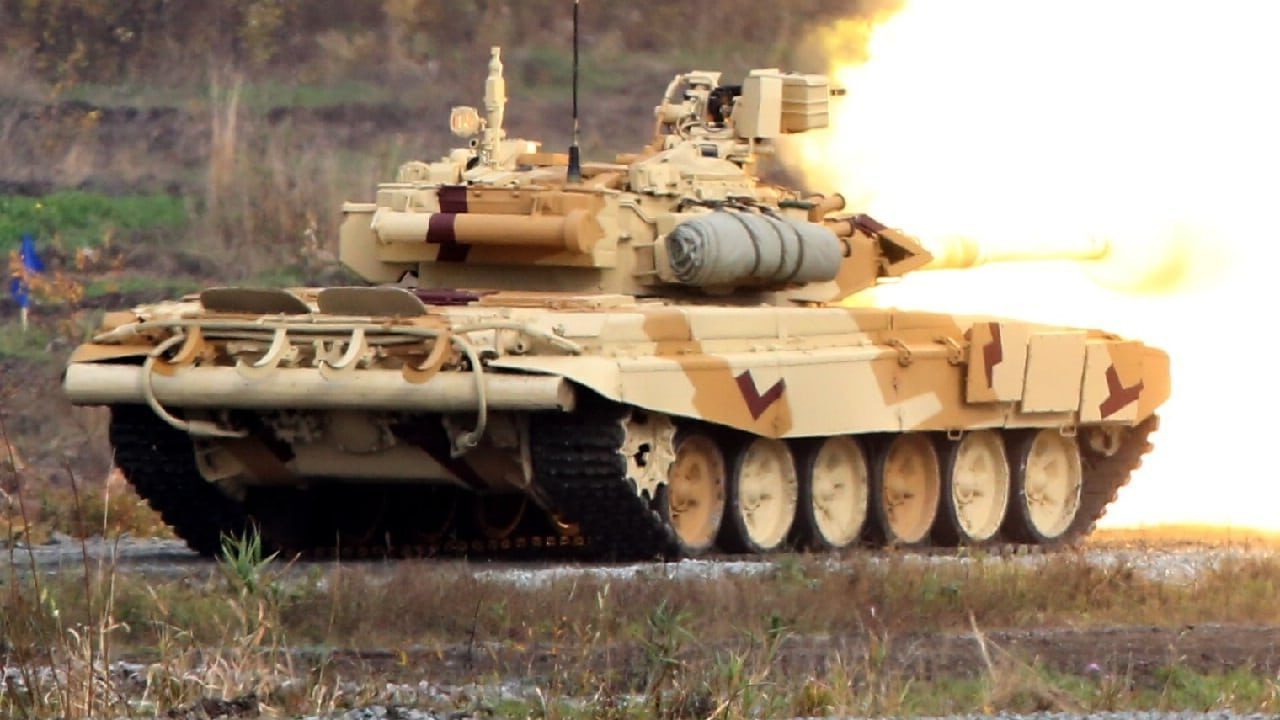Putin is rerouting his forces for a massive attack on Eastern Ukraine. How will his forces fair? Can Ukraine’s army defeat him? The Russian offensive in eastern Ukraine is imminent, according to the Ukrainian military. After suffering humiliating setbacks in the north of Ukraine, the Russian military is getting ready to launch an offensive in the east in an attempt to salvage something from the invasion of Ukraine.
Whether the renewed Russian offensive manages to achieve any of its goals remains to be seen. Although the dynamics will be different, the Russian military is still facing lingering issues.
Russian Offensive in Eastern Ukraine
The Russian military will have an easier but still challenging job in the Donbas.
To begin with, Russian forces have been fighting there for almost a decade. Since 2014, Russian forces have joined pro-Russian separatists in Donetsk and Luhansk, so they are familiar with the territory.
The frontline is also smaller, which would help the Russian military better coordinate its offensive. Moscow has also appointed a general officer to oversee the war, finally achieving some sort of unity of command. To be sure, General Alexander Dvornikov is facing an uphill battle, but the fact that one man will be calling the shots now will help the Russian war effort.
Additionally, the Russian supply lines are now vastly shorter. Poor resupply lines have been plaguing the Russian war effort since the start of the invasion, and they have been a contributing factor to Russia’s failure to achieve any of its primary objectives. In addition to trucks and ships, the Russian military can now rely on a vast railway network to resupply its forces.
Although the Ukrainian military does have some long-range fires capabilities, it won’t be able to take out the whole Russian railway system in the region. But special-operations forces could target it too should Kyiv determine that the risk is worth it.
The Russians also have approximately 24 ships in the Black Sea and in the Azov Sea. The Pentagon assesses that they are there to conduct resupply missions, especially in the south of Ukraine. However, the Russian military has also been using its warships for long-range naval fires in the Donbas region.
Combat ready or combat ineffective?
“We do assess. . . [that a not] insignificant number of their BTGs are combat ineffective. And what does that mean? It means a lot of things. It could mean that they don’t have the manpower that they need to effectively conduct the mission, or it could be ammunition and supply, it could be vehicles,” a senior U.S. defense official said in a press briefing.
“Depending on what the BTG does, every—not all of them are just infantry BTGs. So I’m a little leery to get into quantifying that because it’s—it varies from BTG to BTG. But in general, we assess that there are some BTGs that are combat ineffective. And it remains to be seen how many that’s going to end up being,” the senior U.S. official added.
Civilians at the center
Unfortunately, Ukrainian civilians are to suffer from the renewed Russian offensive. The Russian military has shown without a doubt that potential collateral damage doesn’t inform its tactics or strategy.
Indeed, at times it seems that the Russian forces are intentionally targeting civilian targets to terrorize the Ukrainian population and force Ukrainian President Volodymyr Zelensky and his government to concede.
“[The Russian invasion has] been shocking in every sense of the word. But it wasn’t surprising. We’ve seen this strategy before. We saw the intelligence picture building. And we’re now seeing Putin trying to follow through on his plan. But it is failing. And his Plan B has been more barbarity against civilians and cities,” Sir Jeremy Fleming, the director of the Government Communications Headquarters (GCHQ) said in a recent speech to the Australian National University.
The GCHQ is signals intelligence agency of the United Kingdom and an equivalent of the U.S. National Security Agency (NSA).
Stavros Atlamazoglou is a Greek Army veteran (National service with 575th Marines Battalion and Army HQ). Johns Hopkins University. You will usually find him on the top of a mountain admiring the view and wondering how he got there. This first appeared in Sandboxx news.

